Pickleball is a simple yet exciting paddle sport that combines elements of tennis, badminton, and ping-pong. It was invented in 1965 as a backyard family game and has since grown into a globally popular, fast-paced sport. The rules are easy to learn, making the game suitable for players of all ages and skill level
Why AAIF
Premium Quality
We build courts to the highest international standards . Using top-grade materials and precise construction means the facility will be smooth, safe, and durable
Regional experience
Materials and specifications adapted to GCC climate (UV-stable turf, corrosion-protected steel, water-efficient drainage).
Quality & compliance
Designs aligned with international pitch standards (FIFA/World Rugby guidelines where applicable) and verified QA procedures.
Aftercare & lifecycle management
Preventive maintenance contracts, seasonal field renovation, turf infill top-ups and spare-part support.
Court Dimensions and Standards
AAIF Group’s courts meet official size standards. A regulation pickleball court (singles or doubles) is 20 × 44 feet. For context, a doubles tennis court is 36 × 78 ft and a doubles badminton court is 20 × 44 ft. We allow extra space around the court: a minimum total playing area of 30 × 60 ft is recommended (34 × 64 ft preferred). Courts should ideally be aligned north–south to minimize sun glare for players.
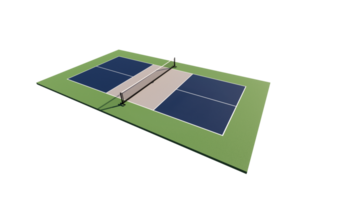
20 × 44 ft – Pickleball court
Typical dimensions: 37 × 27 m
Use: 5-a-side recreational and training. Ideal for community centres, schools and rooftop / constrained sites.
Typical finish: artificial turf with perimeter fencing and ball-stop nets.
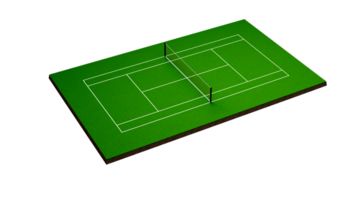
36 × 78 ft – Tennis court
Typical dimensions: 55 × 37 m
Use: Youth leagues, academy training and small-club matches.
Typical finish: synthetic turf or hybrid, standard drainage and LED training lights.
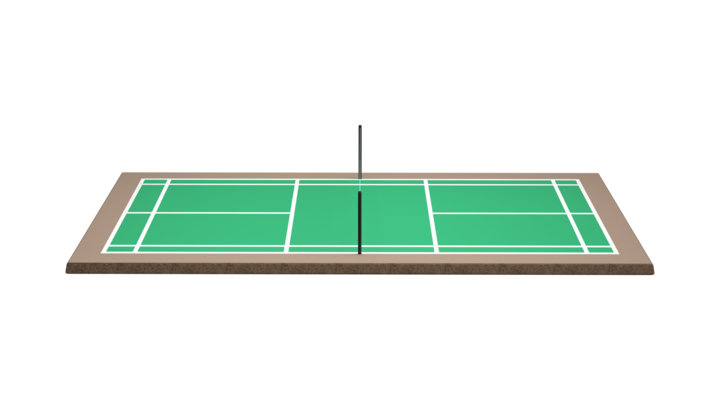
20 × 44 ft – Badminton court
Typical dimensions: 73 × 45 m
Use: Intermediate competition and larger training areas.
Typical finish: full engineered sub-base, competition turf options, spectator fencing.

30 × 60 ft
Typical dimensions: 100 × 64 m
Use: Full-size match play — community, club or semi-professional stadiums.
Note: can be adapted to FIFA recommended dimensions (e.g., 105 × 68 m) if required.
Surface & Materials
We use a solid concrete or asphalt foundation for our courts The base is constructed with proper slope and drainage per recommended specifications. After the base is prepared, we apply a textured acrylic or polymer court coating (similar to PickleMaster) for the final playing surface. This provides excellent grip and durability, and is virtually maintenance-free Outdoor courts are typically left open to the elements (wind and rain naturally keep them clean), and spot-cleaning is only needed if debris or growth appears
For indoor installations, we use the same type of foundation, though some gyms use wood or rubber sports flooring. These softer materials can be used, but they generally lack texture and can be slippery (the ball also tends to skip low on wood/rubber). Our acrylic surfaces ensure consistent ball bounce and player safety in all cases.
Civil & Construction Workflow

Site Assessment
analyze sun path, prevailing winds, drainage and access.

Groundworks
excavation, compacted sub-base, installation of drainage networks and concrete footings.

Structure & glazing
install steel framework, anchor bolts, and tempered glass panels.
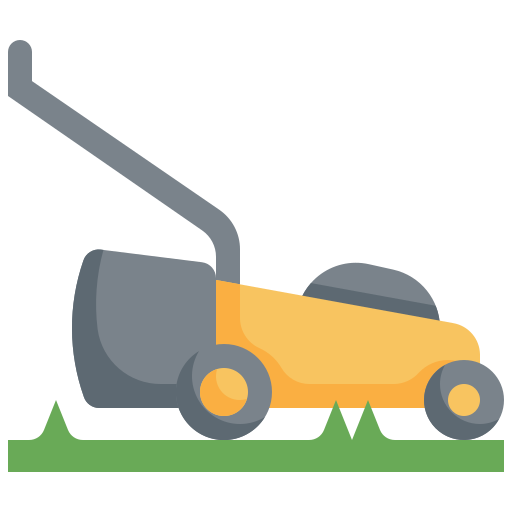
Turf installation
lay shockpad (if specified), turf, infill and seam finishing; paint court lines.
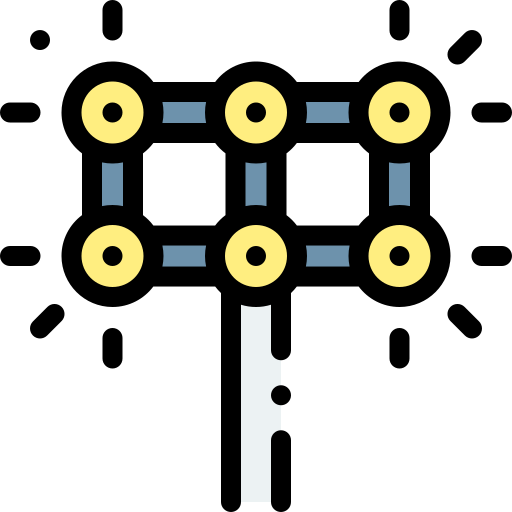
Services & lighting
install poles, luminaires, power supply and control circuits.

Testing & handover
verify drainage, surface evenness, light levels and carry out a final QA inspection.
Popular questions
How much space is needed for a pickleball court?
The USA Pickleball Rule Book states that “a total playing surface 30’X60’ is the minimum size that is recommended. A total size of 34’X64’ feet is preferred.” The actual playing lines measure 20’ x 44’. Whenever possible, a north-south orientation should be maintained to minimize the angle of the sun in player’s eyes.
What kind of base is required for a pickleball court?
Asphalt or Concrete both provide an acceptable base for pickleball courts. Make sure to review surfacing requirements before having the base installed, as there are recommended specifications for slope, drainage, and surface finish, and overall construction.
Is there any difference between indoor and outdoor pickleball court surfaces?
Indoor and Outdoor pickleball courts are generally the same in terms of recommended surface. The base is asphalt or concrete. Wood or rubber flooring, commonly used in many indoor gymnasiums, can also serve as the playing surface. However, they usually lack any texture and can be slippery, causing the ball to skip low.
How should should pickleball courts be cleaned?
Acrylic playing surfaces, like PickleMaster, are low-maintenance. Outdoor courts benefit from the wind and rain, and very rarely need cleaning. If visible dirt, debris, or organic growth is spotted, cleaning may be performed. Trees, shrubs, and shade can increase the amount of organic growth on a court surface. Surface pressure washers or a push behind floor scrubber may be used, as needed, to clean court surfaces. Be careful not to use a stiff bristled cleaning head or it can damage the surface. Use only as much pressure that is needed to clean the courts. Too much water pressure can damage the court surfaces, especially with wand units that are held too close to the surface
We’d love to hear from you

Phone number
+971 501280047
+971 568854228

